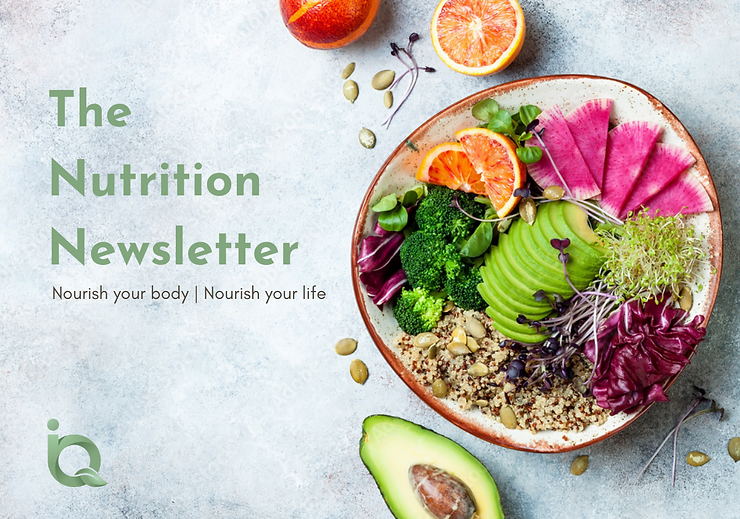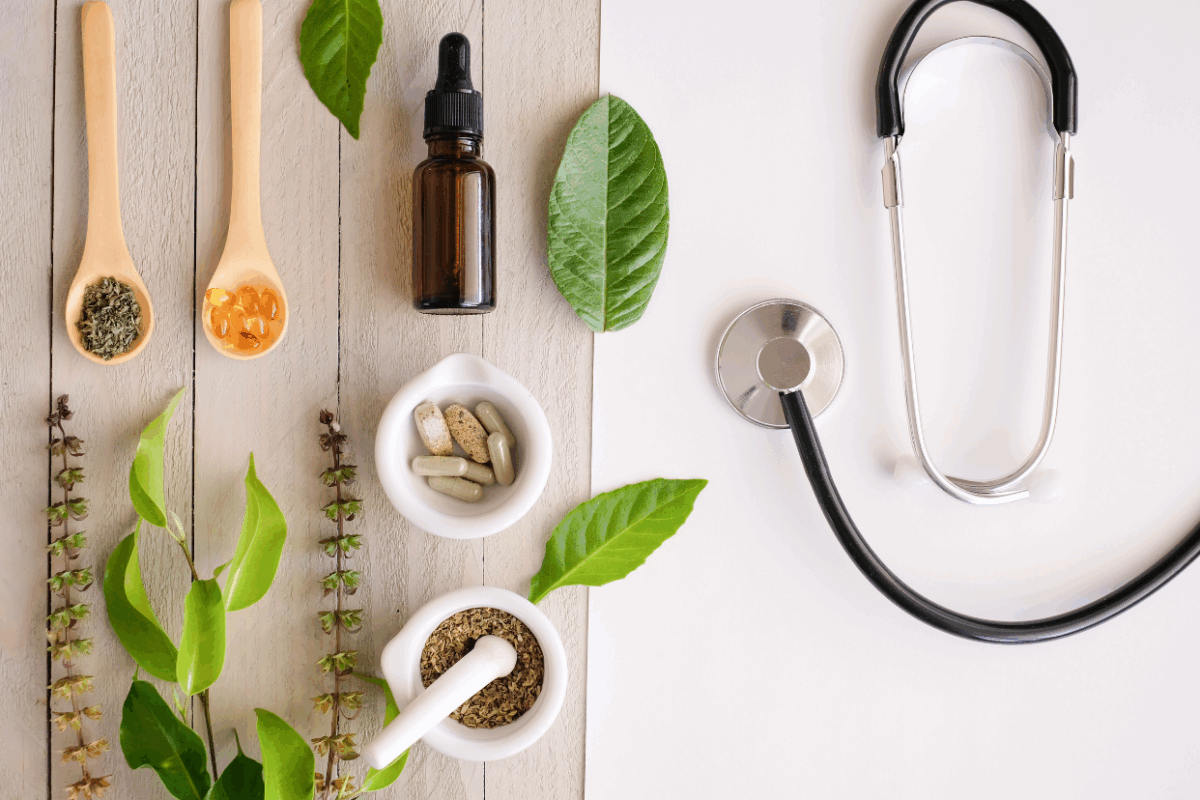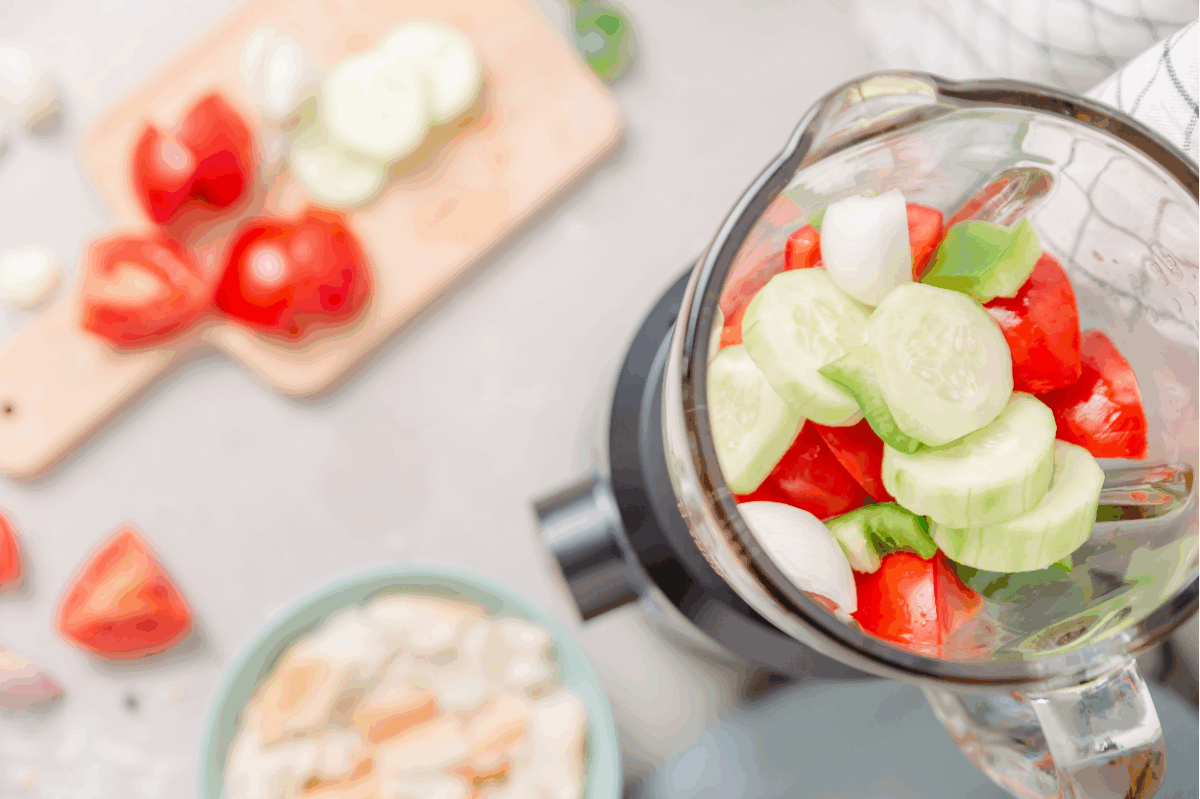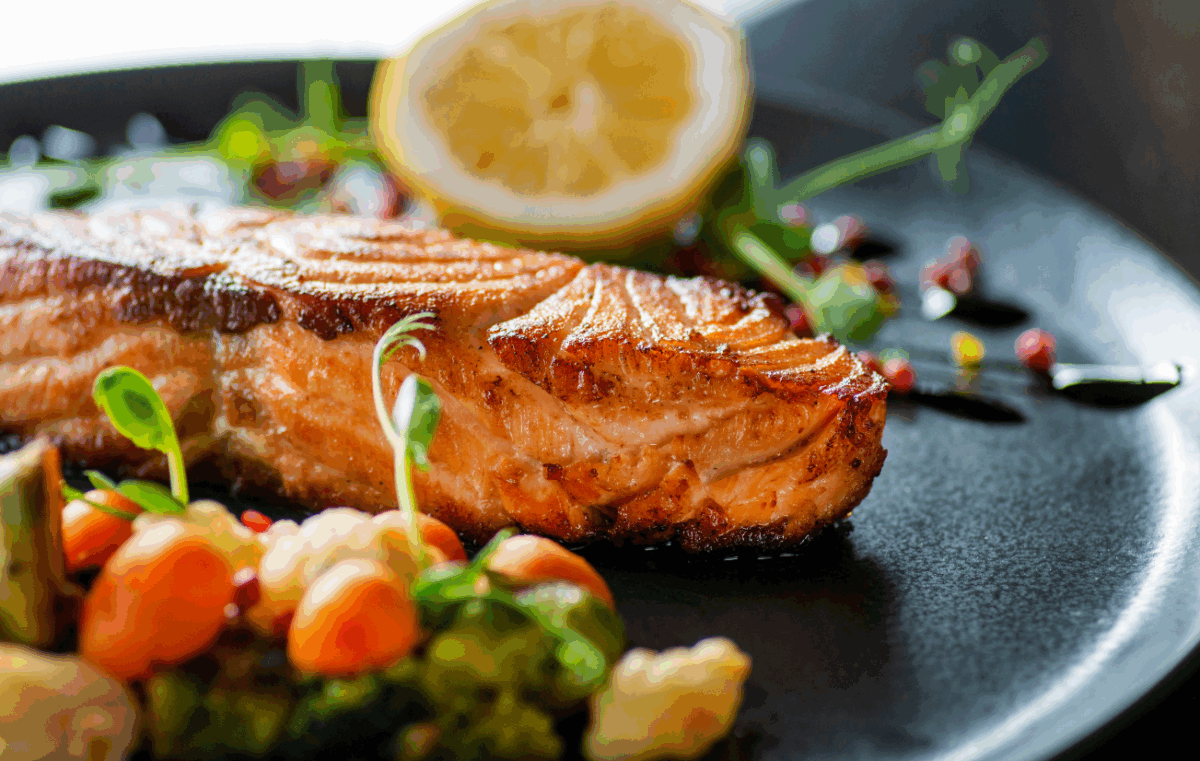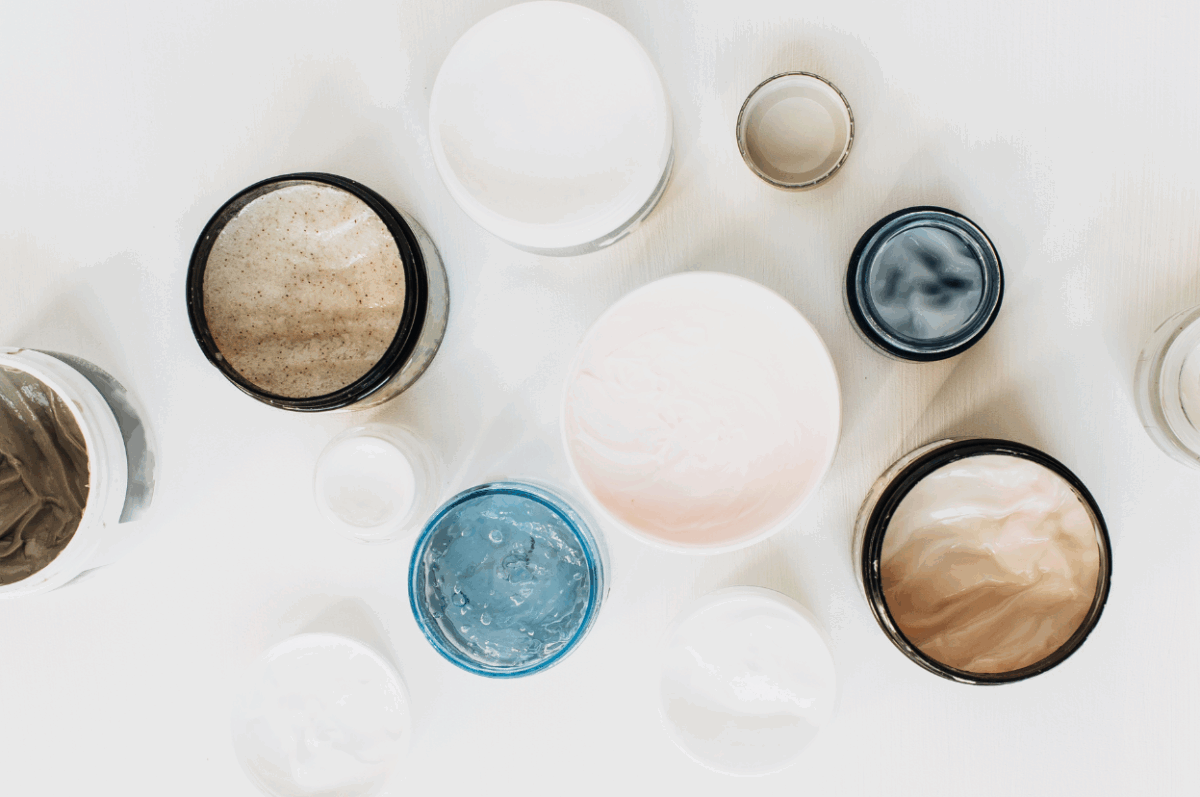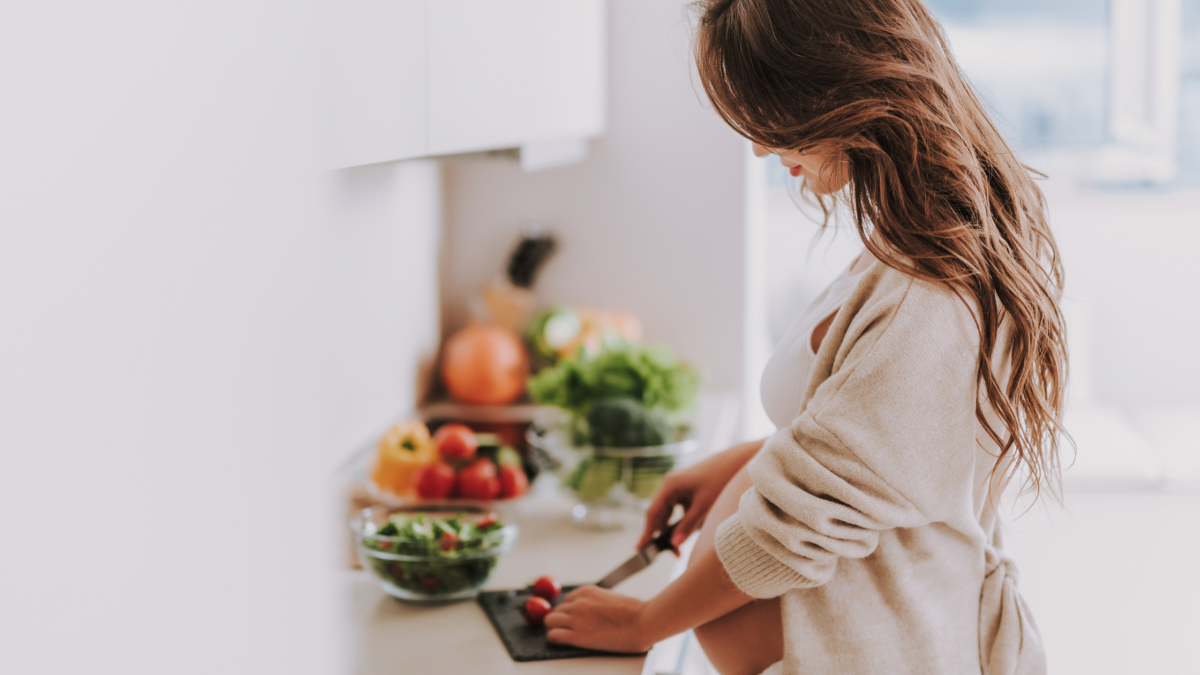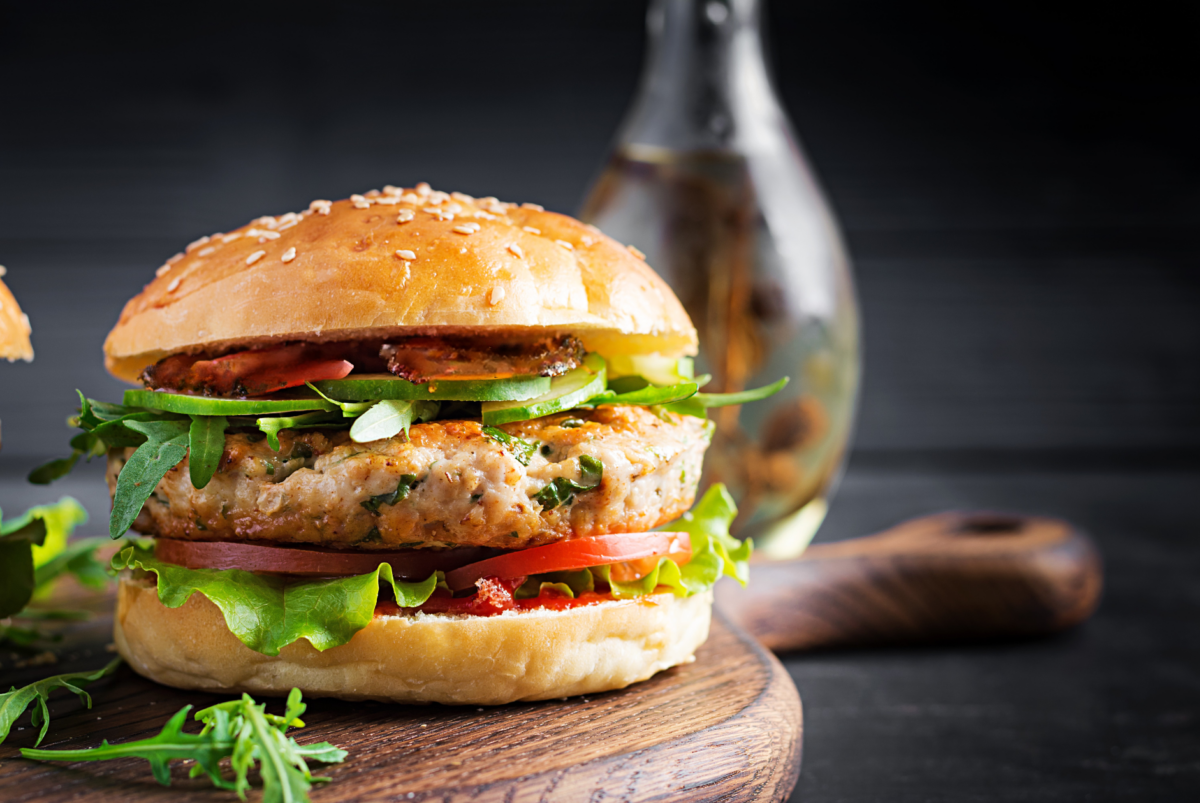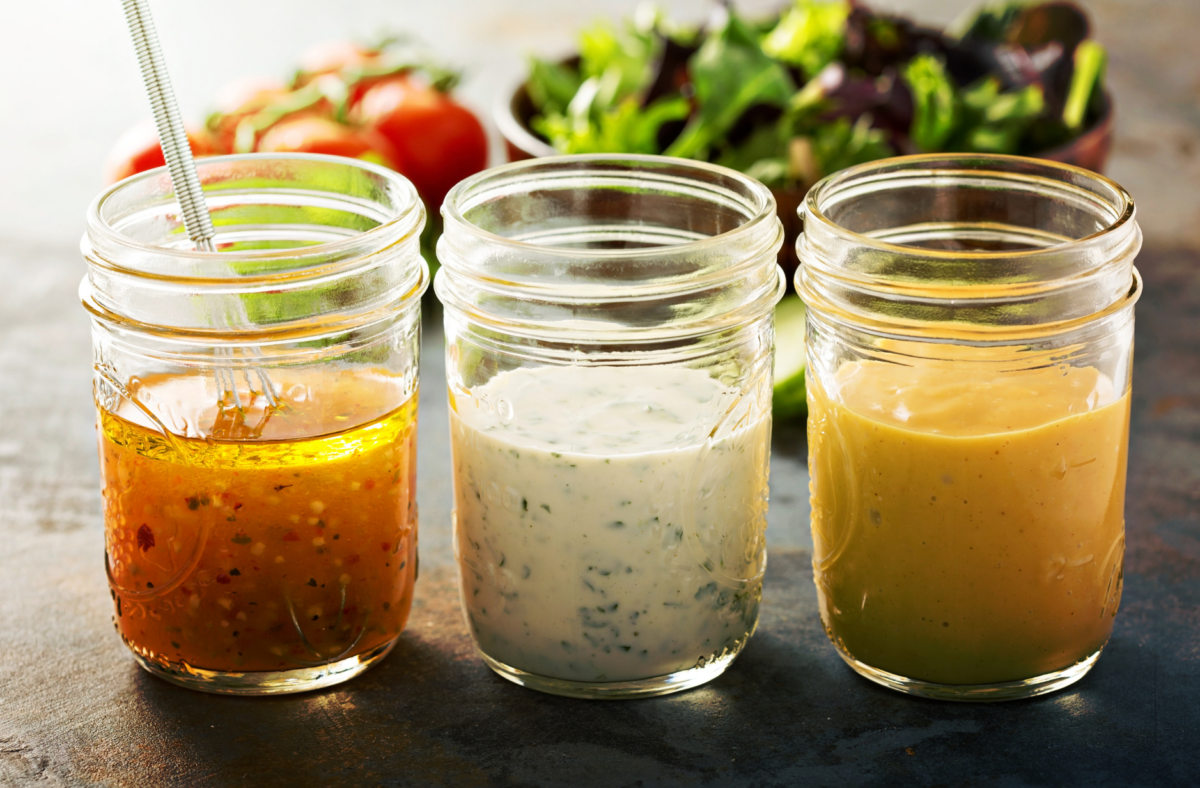THE POWER OF WATER
I hope 2022 is off to a great start for you. In keeping with the theme of foundational health practices, I want to talk this month about water.
Water is the most abundant molecule on the plant. The earth is 70% water, and coincidentally (or maybe not) the average cell is about 70% water. Likewise, your body is about 65% water – that means only 35% of you is solid mass…that’s pretty wild to think about!
You lose a lot of water each day through sweat, urine, breathing, and bowel movements, about 2.5L on average to be exact so it’s vital that you’re replenishing what you’ve lost to support balanced health.
Consider This:
You can survive about 30 days without food, but you cannot survive more than about 3 days without water.
Why Water is So Important
These are just a few of the life-sustain effects of water:
- Lubricates joints to allow movement and absorb the shock of impact
- Fills the spaces between your cells to allow elasticity and firmness
- Conducts the flow of electricity throughout your body and nervous system
- Allows metabolic pathways to proceed and produce essential compounds like hormones, neurotransmitters, and peptides
- Buffers pH to prevent your body from becoming too acidic
- Carries oxygen where needed as well as to the inside of cells to produce energy
- Facilitates lymphatic flow and detoxification
- Prevents constipation to supports healthy elimination and colon transit time
- Supports a healthy microbiome
- Supports the immune system
- Regulated body temperature
- It’s the carrier of water-soluble toxins which allows for the detoxification of impurities and toxins
- Keeps your skin firm and prevents sagging
This is not all, but you get the picture. Have I convinced you to pick up your glass yet?
PROTOCOL FOR ADEQUATE WATER INTAKE
Drink 1/3 of your body weight (in pounds) in ounces of water each day:
bodyweight X 0.67 = ideal ounces of water
To make it easy to keep track, get a large water bottle (32oz or more) and divide your ideal oz intake by the number of ounces that your bottle holds. The answer is how many times you should fill it up and drink each day.
EAT YOUR WATER
Many people have a hard time hitting their target intake of H2O each day but you can actually get a lot of water intake from the foods you eat.
For example, fruits and veggies are mostly water and they also provide essential electrolytes that help get water into your cells. Here’s a list of foods with the highest water levels:
- Watermelon and melons in general
- Tomatoes
- Citrus fruit
- Kiwi
- Cucumber
- Berries
- Celery
- Iceberg lettuce
And of course, I would be remiss If I didn’t include some tasty, health-conscious recipes! These meals will help boost daily water intake through foods:
FEATURED RECIPES

Refreshing Cucumber & Tomato Salad – 2 Ways:
Make this recipe sweet or savory whichever flavor suits your mood! This makes for a great side dish or party/get-together dish.
Electrolyte Rich Broth Recipes:
Broths are excellent for hydration! The method of cooking extracts nutrients from foods to provide a tasty alternative to water.


Easy Fruit Sorbet:
Cucumber-mint-kiwi, watermelon raspberry, & blueberry lemonade, these creamy fruit sorbets will feel more like dessert than healthy hydration.
SEA SALT FOR HYDRATION
Adding salt to your food is a must! For too long salt has been villainized but sodium is actually the most abundant electrolyte in the body and is essential for health.
Without salt, water is basically useless. Your body needs salt to get in and out of cells and also to conduct electricity (which is how your brain communicates to the rest of your body).
Recent research is pulling into question the all-too-popular belief that salt raises blood pressure. It turns out that sugar is actually most associated with high blood pressure rather than salt (1, 2, 3).
Because salt has been made to be the enemy for so long, many people do not consume enough. This can lead to symptoms similar to those of low blood sugar (which often causes people to eat more sugar!). Ideally, we should aim for around the RDA of sodium of 2300mg/day.
Sea salt is far better for you than table salt as it’s also rich in other minerals like magnesium, potassium, and calcium – other essential electrolytes for conducting electricity in the body.
But don’t take that to mean iodized salt is the enemy – in relatively smaller portions this can help ensure adequate iodine intake if you don’t commonly eat foods rich in iodine like seaweed and fish. You likely get enough iodized salt from restaurants and packaged foods. Using sea salt in your home-prepared meals is ideal.
PROTOCOL FOR BALANCED ELECTROLYTE INTAKE
- Add a dash of sea salt to your water bottle each time you refill
- Eat broth-based soups – making sure to drink the broth!
- Add sea salt to your food. Not too much, just enough for flavor. There’s no need to eat bland, saltless food anymore. Plus, having salt in your food naturally makes you want to drink more water
FINAL THOUGHTS ON H2O
Many of my clients are surprised at how much better they feel just by achieving their optimal daily water intake. We will often see certain symptoms disappear in an astonishingly quick amount of time just by implementing this super simple routine.
Here is a list of symptoms that are common with inadequate water intake:
- Brain fog
- Low energy
- Dark urine
- Swollen lymph nodes
- Low back pain (near kidneys)
- Temperature irregularities
- Chapped lips
- Dry skin
- Dry mouth
- Salty sweat
- Frequent thirst
- Coordination and balance issues
If you experience any of these symptoms, I highly encourage you to evaluate your daily water intake levels. If they’re lower than optimal, calculate what your body needs and try to hit this target each day for about a week.
I’m confident you’ll feel much better.
If your symptoms still persist, thats’ a good indicator that something is out of balance and might need some attention.
Thanks for reading! I hope you found these tips helpful. If you’d like to take a deeper dive into personalized wellness, please feel free to reach out to me or schedule a complementary consultation with me here. I look forward to hearing from you.

